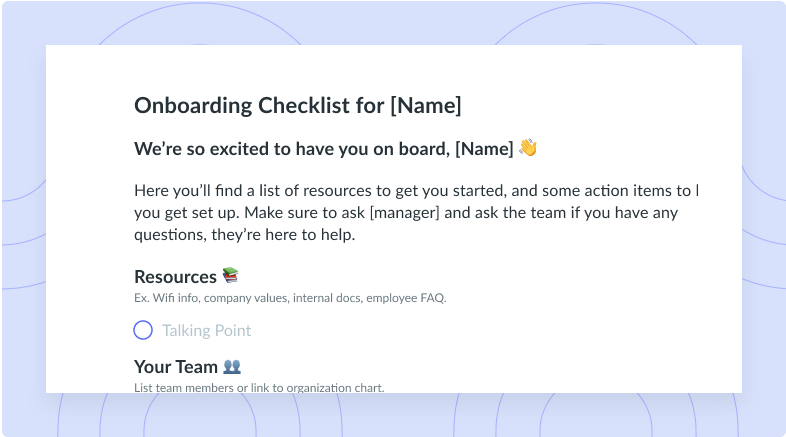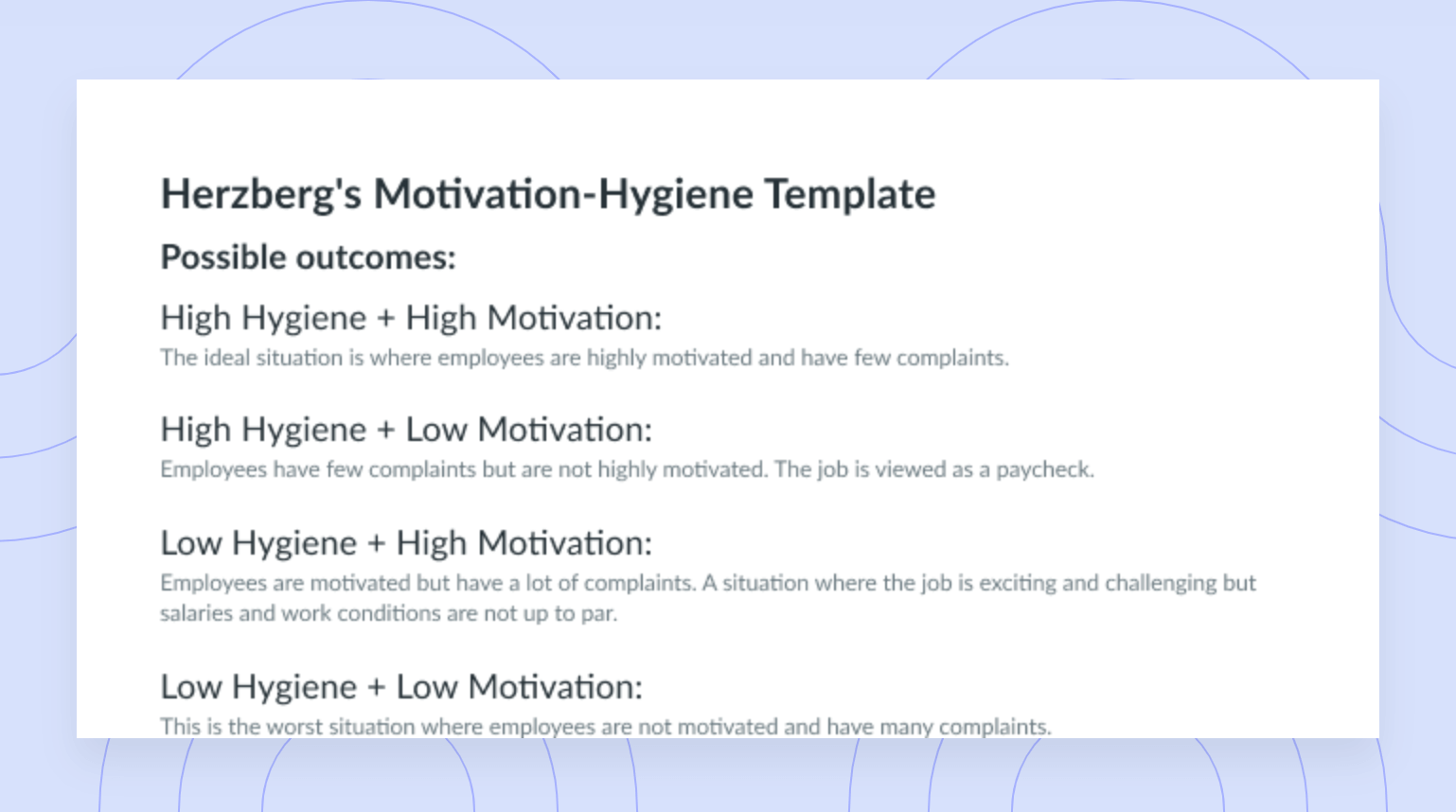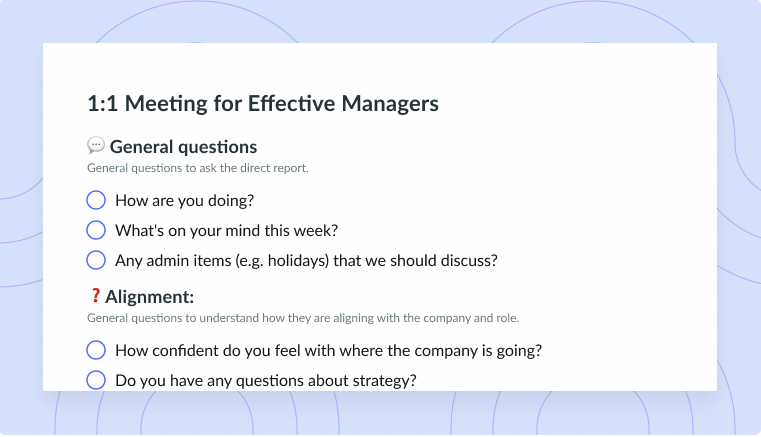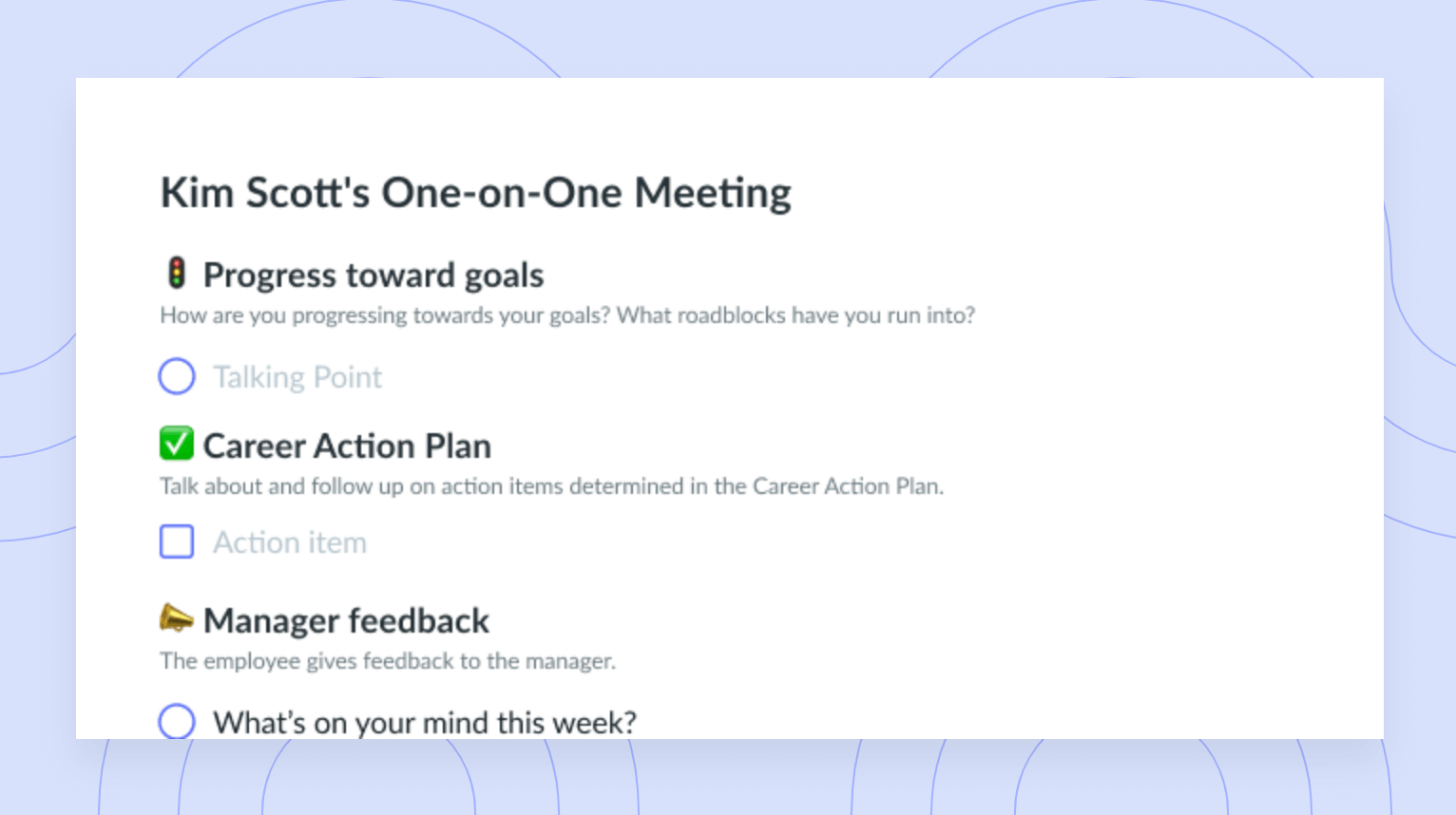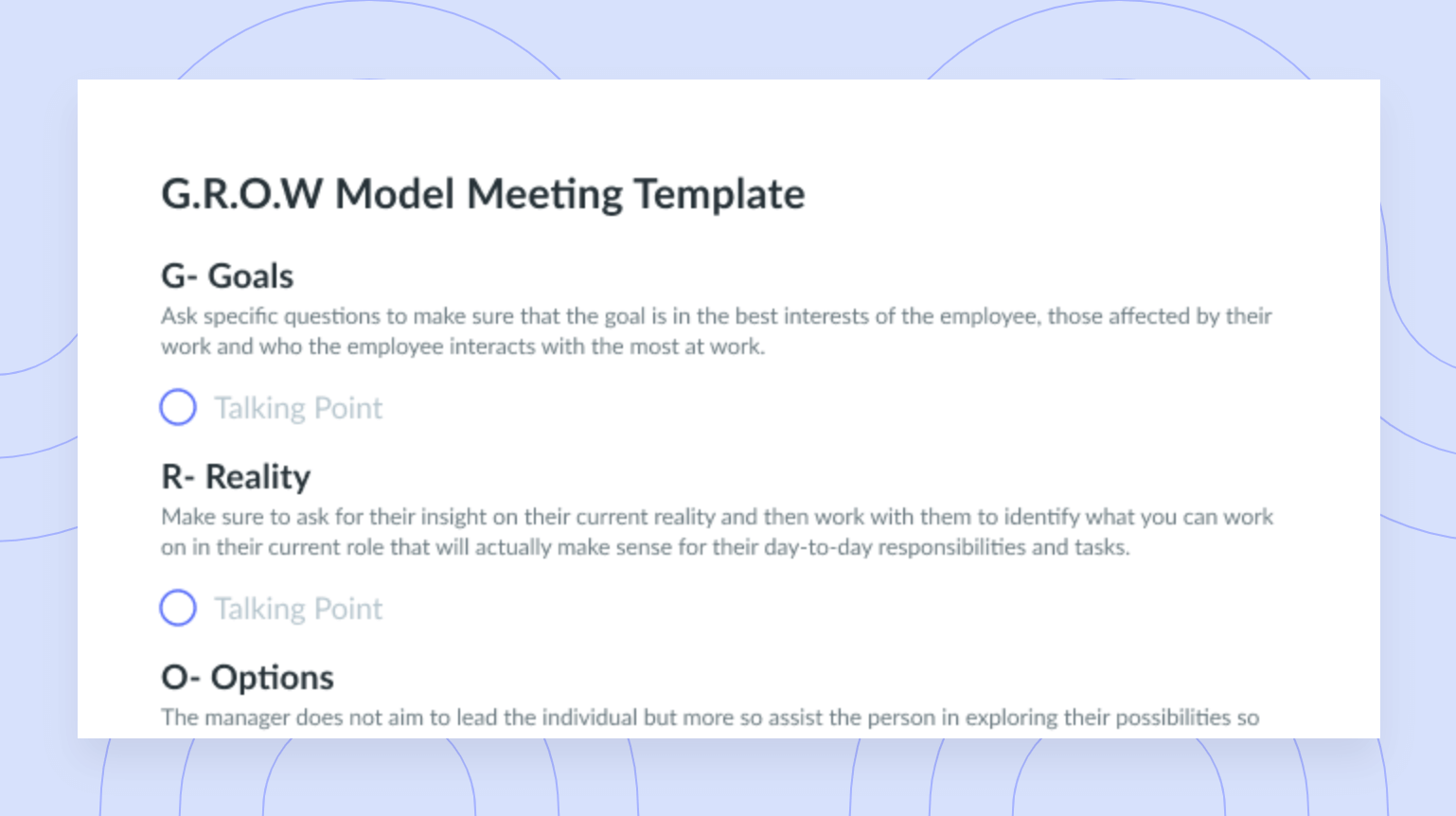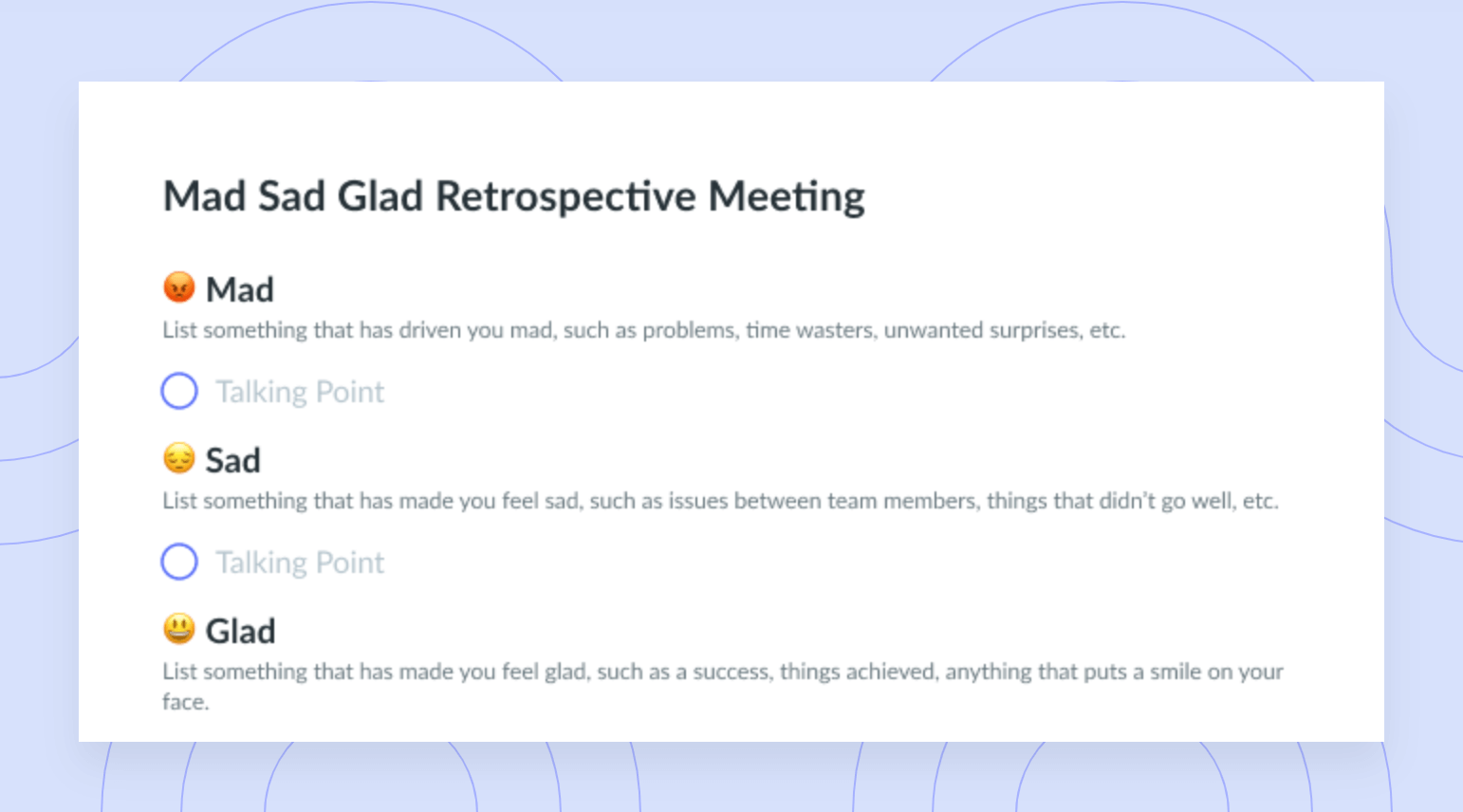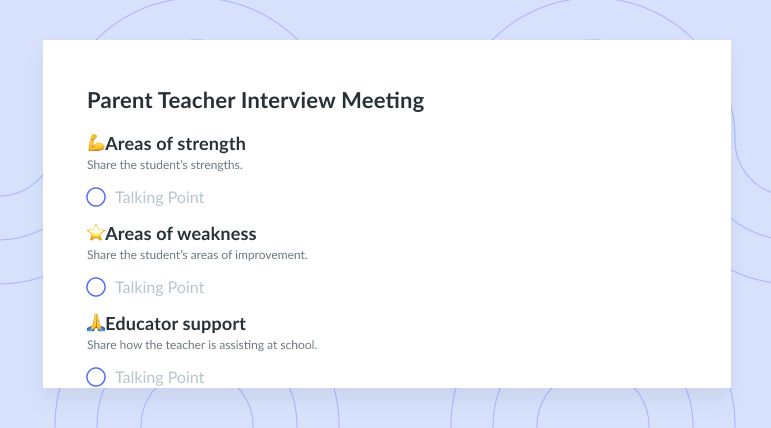7 Ways to Keep Employees Engaged and Motivated
Improving employee engagement doesn’t have to be a huge undertaking. Here are 7 initiatives that will add up to make a difference.
As much as any manager would love to walk into the office every day to find their team eager, energized and completely focused… That’s simply not so realistic. A lot of thought and effort has to be made in order to keep your group feeling involved, engaged and motivated. Making employees feel like they are part of the team is important for job satisfaction and overall employee satisfaction as well. To improve employee engagement, you need to focus on professional development, team building and instilling confidence in your team members.
So where do you start? The Fellow team has compiled 7 ways to keep employees engaged at work, along with best practices and advice from the experts.
- What is employee engagement?
- Why Is Employee Engagement Important?
- 7 Ways to Keep Employees Engaged and Motivated
- Conclusion
What Is Employee Engagement?
Employee engagement refers to how committed employees are to the business and its success. It is also encompassed by how motivated they are to complete their work, how closely they relate to the company values, and their willingness to collaborate and work as a team. As you can see, employee engagement is so much more than someone liking their job or not.
Why Is Employee Engagement Important?
Employee engagement is important for many different reasons. First, employee engagement and employee satisfaction go hand in hand. If your team members are not happy in their roles, it is certainly going to be reflected in their work because they will feel a lack of motivation. When employees don’t feel motivated, they don’t perform well, meaning employee productivity is at a low.
If your employees are engaged, the workplace is going to become a more positive environment because individuals are actually happy to be there and to be a part of the team. Moreover, you’ll see increased productivity and better communication. Engaged employees simply make good business sense because they are going to work harder and contribute more to the collective wellbeing of the organization when they’re happy, motivated and involved. Individuals who are engaged feel like part of the team and as a result, work together to help lead your business to successful outcomes.
We know that transforming every employees’ attitude can sound like a lot of work, but improving engagement doesn’t have to be a huge undertaking. Many small initiatives can add up to make a massive difference.
Keep scrolling to read Fellow’s 7 ways to keep employees engaged:
- Encourage their personal development
- Create psychological safety
- Encourage teamwork and collaboration among employees
- Recognize and reward your team for their hard work
- Provide employees with tools and resources for success
- Encourage creativity
- Schedule regular one-on-one meetings
7 Ways to Keep Employees Engaged and Motivated
1 Encourage their personal development
Professional development is super important but it’s pretty much impossible without encouraging personal development! In order to encourage your team members’ personal development, get to know them on a personal level in terms of their interests, hobbies and passions outside of work. Try to think about if there are other areas of the business that might be better suited for each employee based on their personal interests and aspirations, or if there are additional responsibilities they may like to take on for their own development.
Learning about your employees can also help you identify what kinds of training programs would be beneficial to them and help them acquire new skills and competencies that will provide them with both personal and professional satisfaction.

Supporting your employees personal development shows them that you are there to help them achieve their goals, which will likely make them work even harder. It’s a win-win situation when you think about it: Your employees are gaining new knowledge and it is allowing you to retain valuable talent, while you elevate levels of engagement in your team.
2 Create psychological safety
If your team members feel like they are walking on eggshells, as if someone is going to freak out if they make a mistake, then you are working in a very unhealthy environment. Belittling or punishing employees for making mistakes is a very wrong approach to management for several reasons. It’s sure to result in disengagement and an unwillingness to be productive because regardless of the outcome, there is no pleasing management.
If ideas are shut down often (or at all), employees are bound to stop sharing them. As a manager, you’re given the opportunity to take a much more kind and positive approach that can still be constructive and insightful, without surfacing insecurities. It’s important to create psychological safety for all of your employees.
Psychological safety relates to a person’s perspective on how threatening or rewarding it is to take risks at work. So to create psychological safety, you need to ensure that you are welcoming new ideas, questions, concerns, or suggestions from your team members with an open mind and creating a safe environment for individuals to speak up freely, without feeling threatened by judgement or ridicule. It’s highly likely that your employees have many insightful comments to make that will actually enhance the way you are conducting business, so make sure that you are empowering your team to speak up and speak out.
3 Recognize and reward your team for their hard work
If employees aren’t being recognized for their hard work, it’s unlikely that they are going to have much of a drive to be productive or excel in doing their job. If you don’t feel like you are being seen or heard, you probably don’t believe that the work you are doing is very important. It becomes a negative domino effect because if you don’t feel like the work you are doing is very important, your willingness to make an effort is going to drop, which will impact the quality of your work.
A lack of recognition undoubtedly leads to disengagement. To avoid this, make sure that you are recognizing, rewarding and celebrating your team for their hard work! There are many ways to do so: Verbal recognition means taking a few minutes to tell a team member how much you appreciate their work. Select a couple of positive characteristics from their work so that the interaction is personal and meaningful.
For bigger accomplishments, consider opportunities for career advancement, added responsibility, or perhaps even finishing the work day early to celebrate a win.

Pro tip
Use a real-time feedback tool like Fellow to recognize your teammates for their work and track their accomplishments.

4 Encourage teamwork and collaboration among employees
Teamwork and collaboration are essential to achieving organizational success. Make sure that you are enforcing a work-style that is interactive and one that allows your team members to work together, whether it be collaborating on a solution to a problem, asking the opinions of counterparts or simply going to a colleague for advice on best practices.
If collaboration is a central aspect of the workday, employees are going to feel like they are a part of the team and feel as if their thoughts and opinions are valued by others (because they are!). In a recent article by Money Inc., about how to keep employees engaged and motivated, they warn managers not to underestimate the importance of collaboration in the workplace:
“By sharing their thoughts as a team, employees will work more fluidly. A simple solution is to create a meeting space in your workplace where employees can gather to share ideas and work to achieve a shared goal. You can also encourage collaboration outside of the workplace by hosting team-building games.”
It’s a great idea to encourage your team to spend some time together in a more informal setting where you can really get to know each other. Developing stronger relationships with one another is going to improve your communications and really make everyone feel as if they are a part of something bigger.
5 Provide employees with tools and resources for success
To improve employee engagement, make sure that you are providing your team members with all of the tools and resources accessible to them that will help them be more productive and more successful. Exposing your team to more tools and resources is going to empower your group to feel as if they are gaining experience with new tools, software and programs. It is also going to give them the option to choose with tools or resources are best suited to assist them with their specific job duties and responsibilities.
In becoming familiar with the tools and resources that your company offers, they may even feel compelled to create and add more resources for other employees to reap the benefits. It’s your responsibility as a manager to make sure that your employees understand what they are doing and feel properly equipped to do their jobs well.
Offering more training programs on how to use particular tools or resources is also beneficial for employee productivity and overall engagement. Providing a solid foundation of resources and training for your employees to do their job successfully is a great way of increasing their level of engagement with the rest of the group and the organization as a whole.

Keep engagement high during meetings
Most meetings go off-track due to a lack of direction. But a well-run meeting can foster communication and collaboration. Fellow’s easy-to-use agenda builder ensures that your meetings start with clarity and everyone feels inspired to contribute.
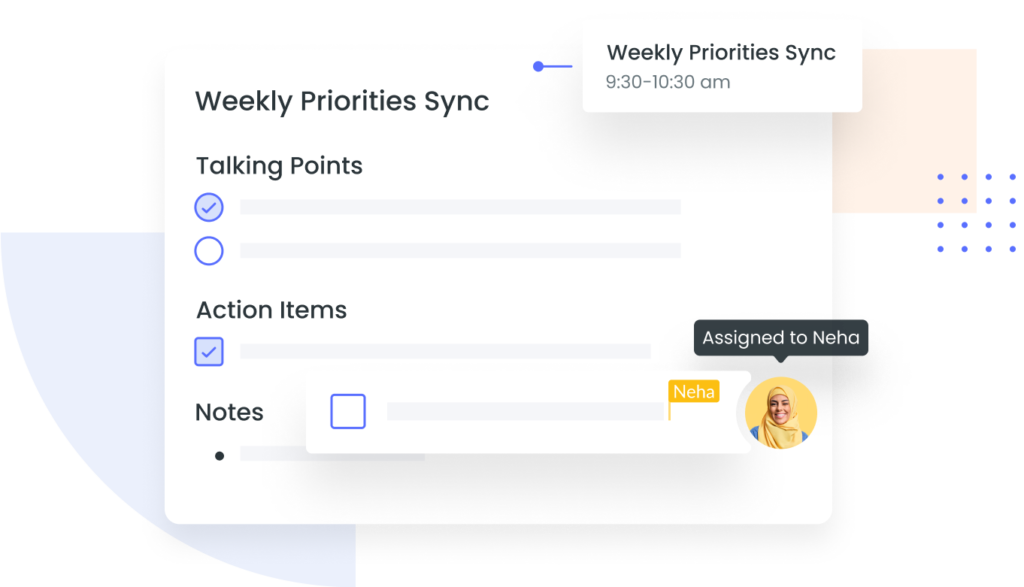
6 Encourage creativity
Everyone knows that a repetitive routine is completely boring… Asking employees to follow a rigidly structured routine for every little task they are assigned is going to disengage them. So long as you’re happy with the final product, what’s the harm in allowing your team members to be creative in their approach?
Encouraging individual creativity is empowering to employees and therefore, it’s also engaging. There’s no issue with assigning tasks to your team members but see if you can encourage their creativity in their approach as much as possible. This creative freedom in the workplace contributes to their professional development, as they’re pushed to think outside the box. It also contributes to job satisfaction as it is a means to keep employees engaged and motivated while tending to their responsibilities. If given this opportunity, your employees are going to take more initiative and be more self-driven because they have a personal interest invested in their work.
7 Schedule regular one-on-one meetings
One-on-one meetings are one of the most important meetings a manager will have with their direct reports. Unfortunately, so many managers miss the mark and run these like project check-in meetings. If you want to keep employees engaged at work, one of the best things you can do as a leader is to schedule regular one-on-ones, where you discuss challenges, priorities, and professional development. If you’re interested in learning more about this type of meeting, you can download the definitive guide of one-on-one meetings.
Conclusion
There are so many different ways to improve employee engagement and it has a lot to do with working on employees’ motivation, employee productivity, employee satisfaction and simply feeling like a part of the team.
Start by recognizing personal development initiatives and creating psychological safety in the workplace. Conduct employee feedback surveys to create better engagement within your teams. Encourage team building and collaboration to make it clear that employees thoughts, opinions and contributions are very much valued. Recognize and reward your team for all of their hard work, even if that means shooting a quick message to say thank you and a job well done. Provide your team members with all of the tools and resources available to them for their success and encourage creativity in their approach to the tasks they are assigned.
Refer back to these 7 tips anytime you need some fresh ideas to boost employee engagement!









